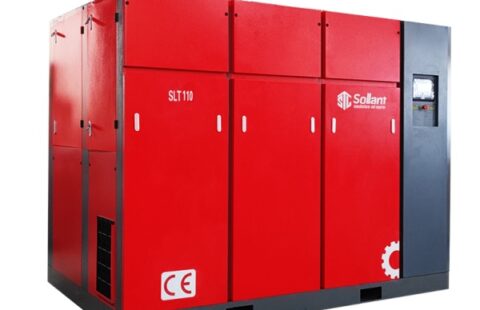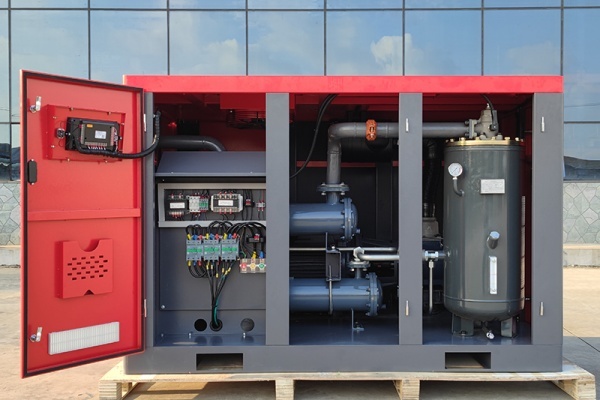
Troubleshooting Low Air Volume in Screw Air Compressors: Causes and Solutions
Screw air compressors are vital in various industrial applications due to their efficiency and reliability. However, sometimes these machines experience a drop in air volume, affecting performance. Understanding the reasons behind this issue and the appropriate solutions can help maintain optimal compressor operation.
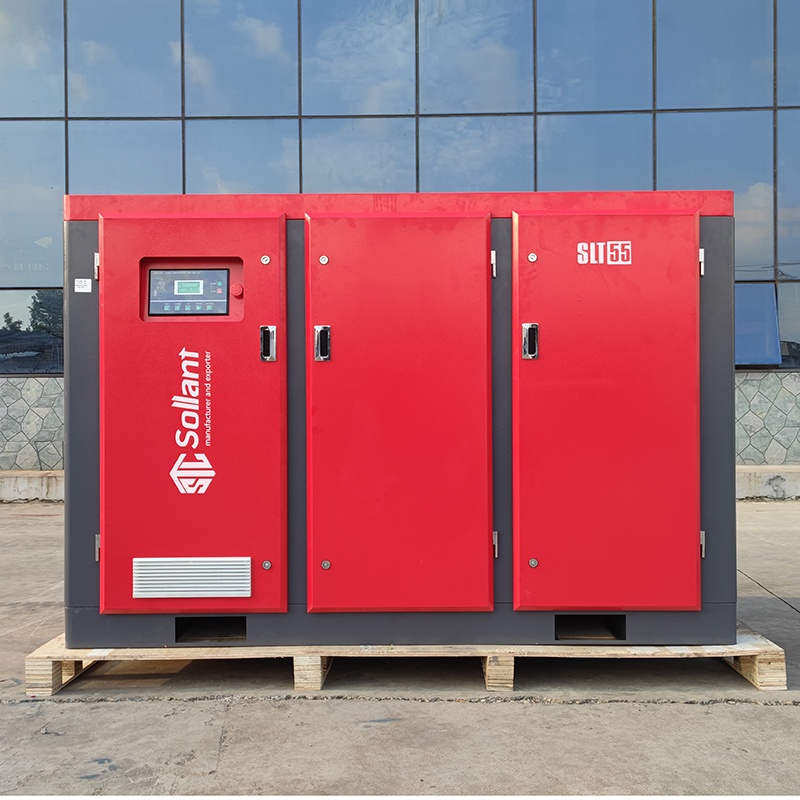
Common Causes of Low Air Volume in Screw Air Compressors
- Blocked Air Intake Filter: The air intake filter prevents dust and debris from entering the compressor. Over time, it can become clogged, reducing air flow and efficiency.
- Malfunctioning Air Intake Valve: The air intake valve regulates the amount of air entering the compressor. If it is not functioning properly, it can limit the air supply.
- Faulty Pressure Maintenance Valve: The pressure maintenance valve ensures that the compressor maintains a constant pressure. If it fails, the pressure can drop, leading to reduced air volume.
- Blocked Oil Fine Separator: The oil fine separator removes oil from the compressed air. A blockage can reduce the air volume and affect compressor performance.
- Leaking Discharge Solenoid Valve: The discharge solenoid valve controls the release of compressed air. If it leaks, it can cause a loss of air volume.
- Improperly Adjusted Capacity Adjustment Valve: The capacity adjustment valve controls the compressor’s output. If it is not adjusted correctly, it can reduce the air volume.
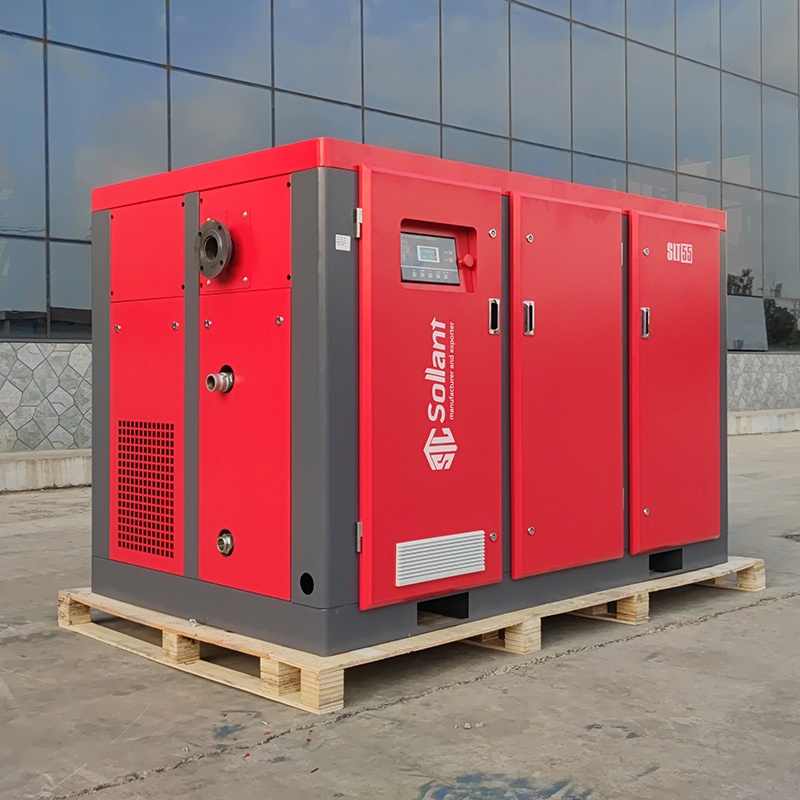
Solutions to Low Air Volume in Screw Air Compressors
- Clean or Replace the Air Intake Filter: Regular maintenance of the air intake filter is crucial. Clean or replace it as needed to ensure unrestricted airflow.
- Lubricate and Clean the Air Intake Valve: Disassemble the air intake valve, clean it thoroughly, and add lubricating grease to ensure smooth operation.
- Inspect and Replace the Pressure Maintenance Valve Components: After disassembling the pressure maintenance valve, check for worn valve seats or discs. Replace any damaged parts and fatigued springs.
- Repair or Replace the Oil Fine Separator: Regularly inspect the oil fine separator for blockages. Clean or replace it to ensure optimal performance.
- Repair or Replace the Discharge Solenoid Valve: Inspect the discharge solenoid valve for leaks. Repair or replace it to prevent air loss.
- Re-adjust the Capacity Adjustment Valve: Ensure that the capacity adjustment valve is set correctly to maintain the desired air volume. Re-adjust it if necessary.
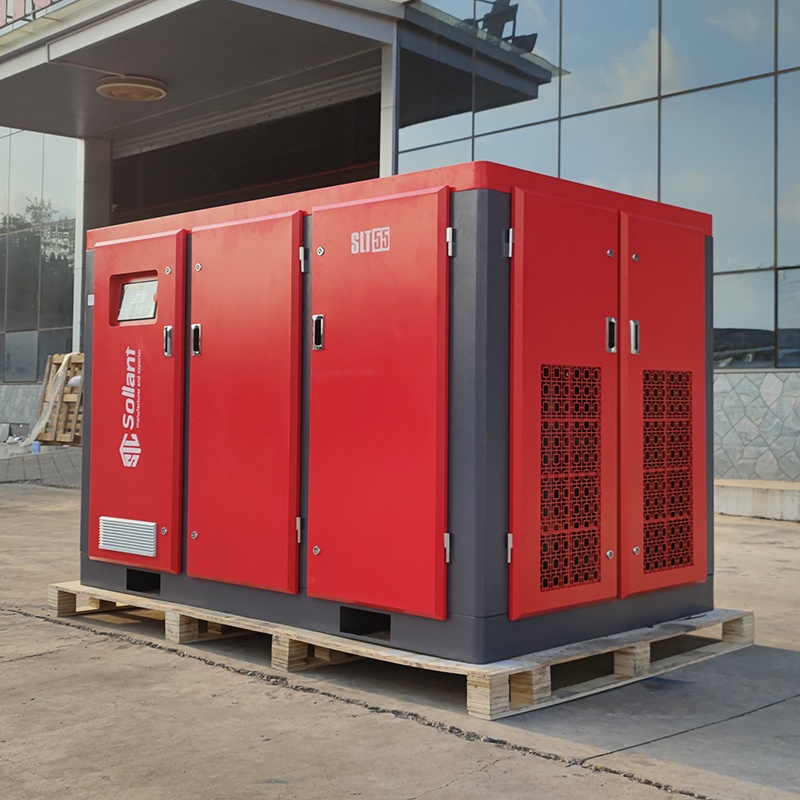
Conclusion
Maintaining the optimal performance of screw air compressors requires regular inspection and maintenance. By understanding the common causes of low air volume and implementing the appropriate solutions, you can ensure your compressor operates efficiently. Regular maintenance not only prevents performance issues but also extends the lifespan of your equipment, ensuring reliable operation in your industrial applications.
For more detailed guidance and professional assistance, always refer to the compressor’s manual or consult with a qualified technician.



